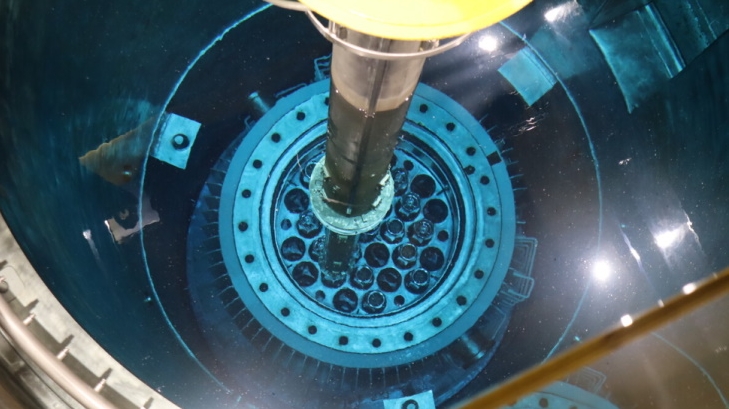U.S. oil production growth has slammed on the breaks, as low prices and the loss of access to capital markets has forced a slowdown in drilling.

Third quarter earnings reports will soon start to trickle in. Three months ago, the shale industry saw improvement in some of the headline cash flow figures, but the second quarter results also revealed some deeper concerns about drilling operations and raised questions about the longevity of an unprofitable oil boom.
The problem for the shale industry is that, if anything, the outlook has only become gloomier since. Oil prices have languished and investors have grown more skeptical.
Ahead of third quarter earnings, some analysts downgraded several prominent shale drillers.
Imperial Capital analyst Irene Haas issued a double downgrade this week to Extraction Oil & Gas, a Colorado shale driller. Imperial Capital cut the company’s outlook to Underperform from Outperform, and lowered its price target to just $2 per share from $7. Extraction saw its share price plunge by 9 percent at one point during trading on Thursday before recovering some losses.
Irene Haas says that Extraction’s production is likely to be flat during the third quarter due to unplanned outages on the Western Gas system. More importantly, Haas says that Extraction’s business model is “fundamentally more risky, compared to other DJ Basin peers.” Haas also raised concerns about Extraction’s near-term fortunes, noting that the company “might not be equipped to weather additional commodity prices downdraft or operational upsets, planned or unplanned.”
Meanwhile, SunTrust cut Concho Resources to Hold from Buy, pointing to the company’s efforts to rein in “inflated well costs.” The move also comes in the wake of Concho’s high-profile announcement over the summer, in which it admitted that its densely-packed 23-well “Dominator” project produced poor results. Concho said that it would transition into wider spacing, vastly diminishing analysts’ view of the company and also raising broader questions about the health of the shale industry.
Meanwhile, oilfield services company Weatherford International lowered its revenue expectations for the next three years, noting the decline of drilling activity.
There have also been job cuts. ProPetro, another oilfield services company, announced on Monday that it would slash its workforce by 150. Last week, Halliburton eliminated 650 workers in Colorado, New Mexico, North Dakota and Wyoming. In September, shale gas giant EQT slashed its workforce by more than a fifth.
The cutbacks have translated into slower output and have led to questions about the “end” of the shale boom.
“A marked slowdown in the US shale patch since the start of the year has led us to lower our expectations slightly for US crude production for 2019 and 2020,” the International Energy Agency (IEA) said in its October Oil Market Report. “Despite many new pipeline projects coming on-line during 2H19, operators continue to lay off rigs and instead prioritise investor returns.”
The Paris-based energy agency noted that U.S. oil production only grew by 140,000 between January and July, a notably modest increase, especially when compared to the 740,000 bpd U.S. drillers added in the same period last year.
The IEA said that cutbacks in spending were a big part of the slowdown. “Pure-play shale producers and independents had already flagged a 6% decline in upstream spending this year in their initial 2019 guidance,” the agency said. “Operators shed another 29 rigs during September so that by end-month, there were 172 fewer active rigs than at end-2018. The frac spread count has declined 23% since March, to a 2.5-year low.”
Surprisingly, however, the IEA still sees U.S. oil production growth expanding by 1.6 million barrels per day (mb/d) in 2019 and by 1.3 mb/d in 2020. The first figure might be easier to achieve even though growth has dramatically slowed because it will be compared to a full-year average for 2018. Since production really ramped up over the course of 2018, annual averages make for a stark comparison.
However, the 2020 estimate of 1.3 mb/d might raise some eyebrows, particularly with production having already slowed quite a bit, and with oil prices showing little sign of life. The oil majors – ExxonMobil, Chevron and BP, for instance – may continue drilling at a frenzied pace since they have deep pockets. But access to capital has been mostly shut off for smaller companies.
Worse, with the economy showing signs of weakness, most analysts see a supply glut growing worse next year. OPEC+ may yet cut output deeper, but it’s unclear if they can head off the slump.







